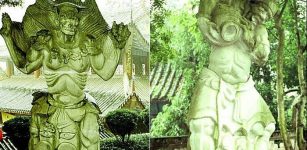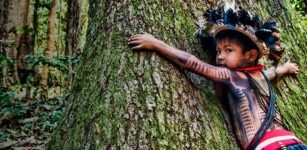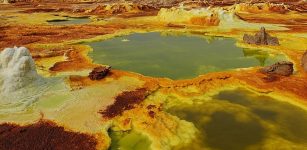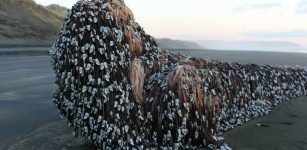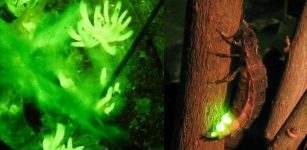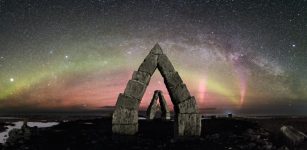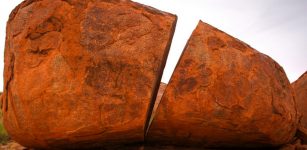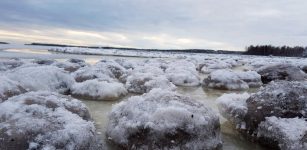Spectacular Tsingy: ‘Forest Of Limestone Neddles’, Deep Canyons And Underground Rivers
MessageToEagle.com – The Tsingy Nature Reserve is home to unique animals and plants. It is a national park located in Melaky Region, northwest Madagascar, off the African coast in the Indian Ocean.
This spectacular place is believed to be the most unreachable part of the island of Madagascar.
Tsingy de Bemaraha National Park. source
Tsingy de Bemaraha forest is like a dense fortress, full of passages, caverns and fissures gouged out of limestone. Because of local conditions, the erosion in the Tsingy is patterned vertically as well as horizontally.
The word “tsingy” has an interesting meaning and originates from an Austronesian language and the national language of Madagascar. “Tsingy” describes the karst badlands of Madagascar. The word can be translated into English as “where one cannot walk barefoot”.
The pinnacle-like formations or simply “tsingy” spans 1,520 square kilometers. The place is famous for its “limestone needles”, created during the natural formation of Madagascar’s limestone seabed, which rose gradually during 200 million years. Heavy rains formed the rest of the landscape.
The needles may reach approximately 46 meters (150 feet) in height. The locals call them “pointed peaks”. There are about 100 species of birds in the Tsingy and a few species of lemurs; researchers have already mapped more than 100 km of extensive caves and forest-filled and deep canyons, full of unique wildlife species, and covering about 60 miles (96 km).
The region has also unexplored, underground rivers, hidden in old caves. The maze-like Tsingy (known as Grands Tsingy) once gave shelter to the first inhabitants of Madagascar, Vazimba; the pottery of these people can be still found in countless crevices between the rocks.
Copyright © MessageToEagle.com All rights reserved. This material may not be published, broadcast, rewritten or redistributed in whole or part without the express written permission of MessageToEagle.com
Expand for references


